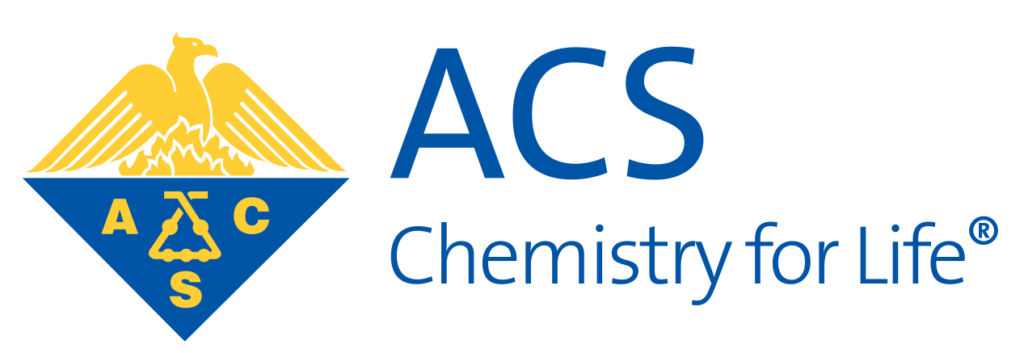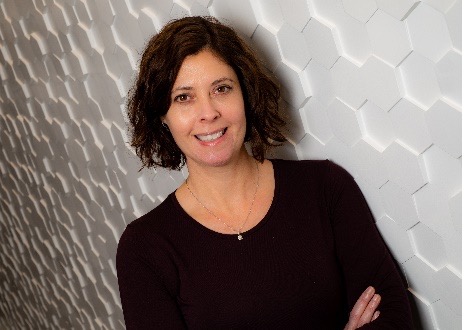Christy F. Landes is the Kenneth S. Pitzer-Schlumberger Chair Professor of Chemistry at Rice University in Houston, TX and holds appointments in Electrical & Computer Engineering and Chemical & Biomolecular Engineering. She earned her BS from George Mason University in 1998 and completed a Ph.D. in Physical Chemistry at the Georgia Institute of Technology in 2003 under the direction of Mostafa El-Sayed. She was a postdoctoral researcher at the University of Oregon and an NIH postdoctoral fellow at the University of Texas at Austin under the direction of Geraldine Richmond and Paul Barbara, respectively, before joining the University of Houston as an assistant professor in 2006. She moved to Rice in 2009. In July 2023 she will join the University of Illinois Urbana Champaign as the Jerry A. Walker Endowed Chair in Chemistry.
Christy is the Director of the NSF Phase I Center for Adapting Flaws into Features. She is the 2023 Chair of the Physical Chemistry Division of the American Chemical Society. Christy is a senior editor of the Journal of Physical Chemistry Letters, and serves on the Editorial Advisory Boards of ACS Nano and Accounts of Chemical Research. She is a Kavli Fellow, an ACS Fellow, and the winner of the ACS Early-Career Award in Experimental Physical Chemistry
What does winning this award mean to you?
I am thrilled to be honored by the colloid and surface science community. Since the very beginning of my graduate career I have been drawn to study interfacial dynamics, and how they can have an outsized impact on materials properties. To be recognized in a field that has so much historic importance and so many outstanding prior awardees is humbling. This award directly results from the passion and dedication of my former students and postdocs who share my fascination with understanding how interfacial dynamics can underlie outcomes in fields that range from biofouling to separations to corrosion.
What are the major challenges facing your field today?
There is a critical need for new computational and experimental tools to address extreme chemical heterogeneity at functional material surfaces. Mass, charge, and energy transfer in such materials cause unique electrical, optical, mechanical, and magnetic properties that can be harnessed because of, rather than despite, their intrinsic chemical heterogeneity. What we usually think of as rare events at the nanoscale can become commonplace and have an outsized impact on the mesoscale. To capture this broad range of impactful behaviors requires new strategies.
What exciting projects are you currently working on?
The goal to develop transformative tools to understand intrinsically disordered systems is too big for a single group or even a single sub-field, and instead requires a multi-disciplinary team approach. Right now, I’m excited about our NSF Center for Adopting Flaws as Features. I get to work with a team of outstanding scientists and engineers to cultivate new spectroscopic imaging capabilities by integrating computer vision concepts that will provide better temporal, spatial, and spectral resolution. We are working towards “smart” microscopy strategies where real-time analysis drives data collection to anticipate emergent function. Advanced data-science methods are also important if there is hope to generate definitive structure-function relationships when the interface is strongly heterogeneous.

